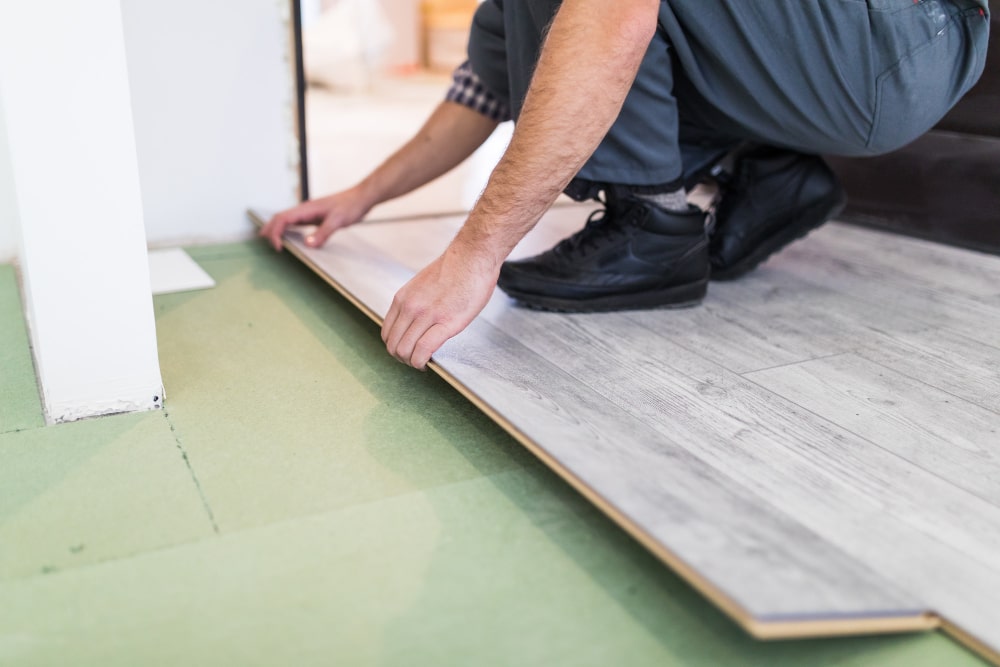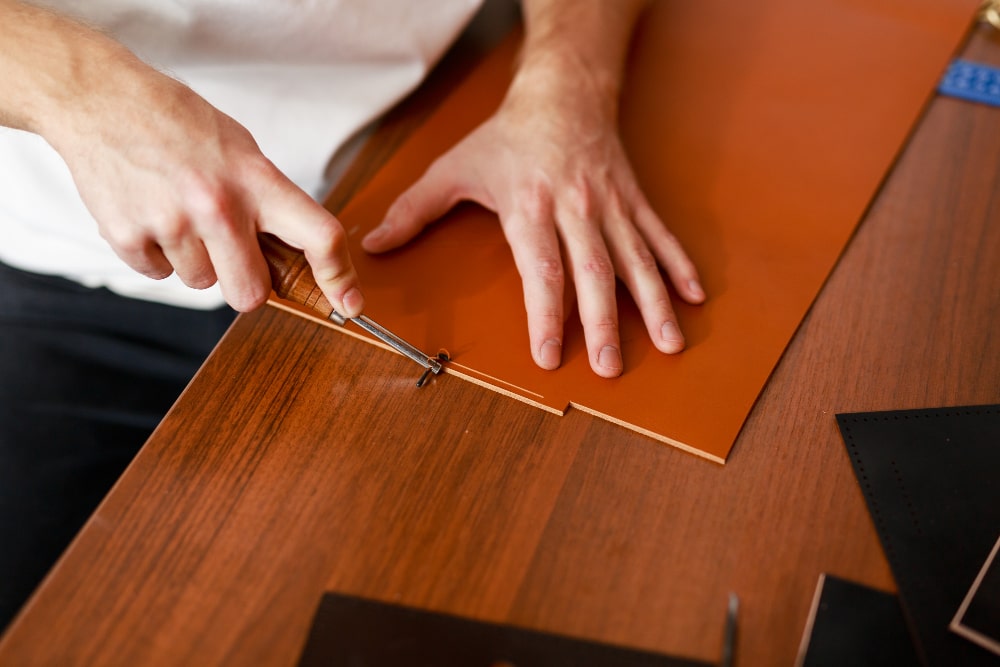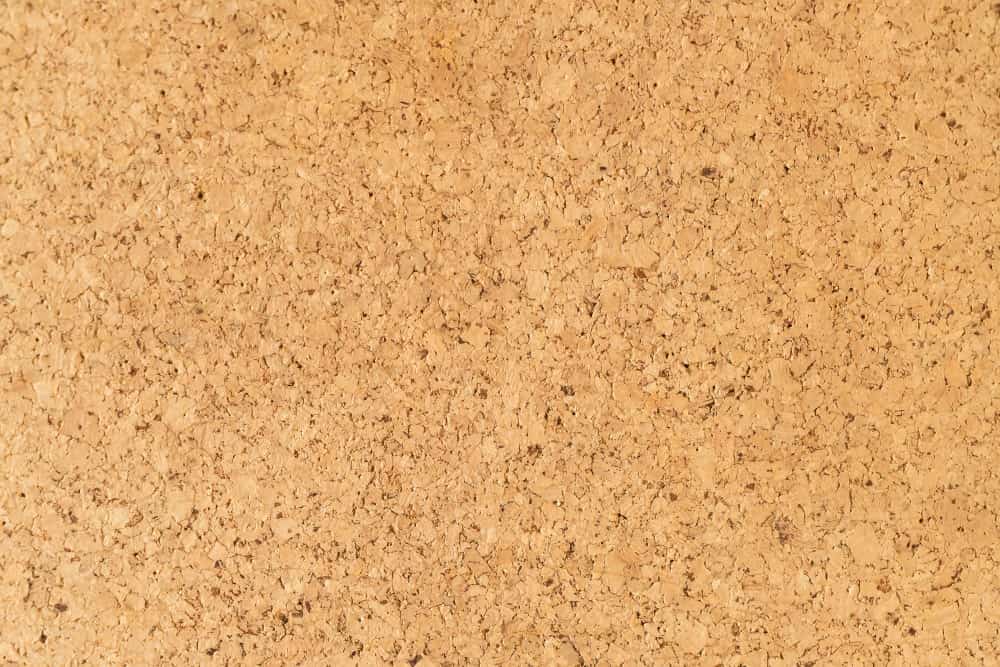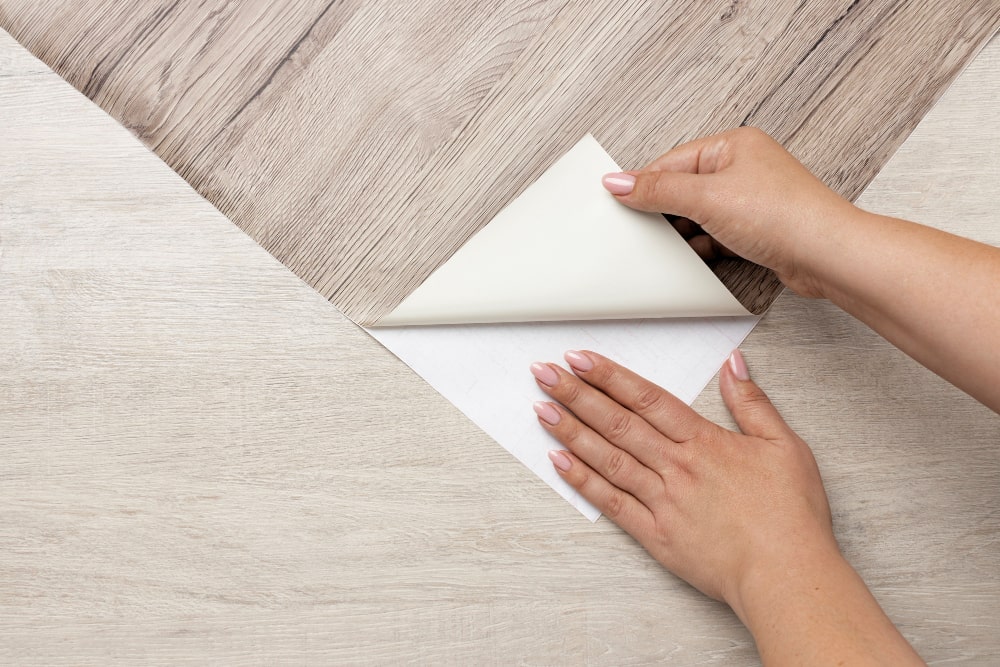What is the safest flooring for seniors?
22 Jul, 2024
- What is the safest flooring for seniors?
- Why Flooring Safety is Crucial for Seniors
- Factors to Consider When Choosing Flooring for Seniors
- Choosing The Best Flooring Options for Seniors
- Hardwood
- Laminate
- Carpet
- Vinyl
- Cork
- Additional Safety Enhancements
- Linoleum
- Rubber
- Additional Safety Enhancements
- Flooring Materials For Elderly To Avoid
- Tips on how to find best flooring for an elderly person
Choosing the best flooring for seniors can be challenging due to the numerous options available. It is essential to look at the different types and their pros/cons to ensure that the surface is perfectly suitable for seniors to move safely, reduces fall risk, and is easy to clean and maintain.
We have prepared a detailed guide regarding flooring for seniors to help you choose a great option for your older adults so that they can feel comfortable and safe in the home without tripping or slipping.
So, what is the safest flooring for seniors, and what factors should you consider before purchasing?
Why Flooring Safety is Crucial for Seniors
According to the Centers for Disease and Prevention in the United States, about 36 million falls are reported each year among aging adults. The numbers are really concerning, as falls are not a natural part of aging. So, what can you do to minimize the risk of falls and trips?
Spend some time looking for the safest flooring for elderly people, as prevention of falls is importantl. That is why you should invest in high-quality, reliable, and non-slip flooring. It doesn’t matter if it’s for you or senior family members. Safe flooring offers numerous benefits and prevents home accidents that may lead to mobility issues.
Factors to Consider When Choosing Flooring for Seniors
Because walking can be challenging for seniors, it is essential to provide a safe environment be it aging in place or assisted living.
When choosing the best flooring for seniors you need to take into account several aspects that may vary from case to case depending on the needs. For some, durable and easy-to-clean material will be the main criterion, while for others, affordable flooring options are more important.
If we summarize what can be called safe and good flooring for seniors, then there are several common factors to consider when choosing an option for people of senior age:
- Slip-resistant surface (good traction can help to prevent falls)
- Water and moisture resistance (critical for bathrooms. kitchens, and other areas prone to water exposure)
- Cushioning (a material that’s easy to walk on and reduces stress on joints)
- Durability (flooring that’s resistant to wear and tear, essential for areas with heavy foot traffic)
- Ease of maintenance and cleaning

Choosing The Best Flooring Options for Seniors
If you’re in the midst of renovating a house or just bought a new place that requires some love and care before your aging family member or you can move in, you should explore the safest flooring options.
Here are the top 7 of the best surfacing solutions for elderly citizens based on various factors. Let’s compare the pros and cons to find the most optimal flooring for a senior!

Hardwood
Pros:
- Natural flooring: Wood or bamboo are hard floors with a soft look. It’s a relatively easy-to-maintain, durable, and reliable choice that will serve you many years if you take good care of it.
- Visual aesthetic: Many choose hardwood floors for their chic and elevated look, as well as it is available in a variety of wood and colors to choose from, including oak, ash, walnut, hickory, cherry, and many more. Additionally, you can customize the layout of the hardwood flooring to create a unique design.
Cons:
- Cost: Hardwood floors are not a low-budget makeover. Natural material is quite expensive, and professional installation will increase the cost.
- Hard: Well, it’s hidden in the name – the natural wood floors are not the softest option for seniors, lacking cushioning ability. It might not be the best fit for aging people with restricted mobility.
- Moisture: With the proper care, the hardwood floors can last for ages. However, it’s not water-resistant enough to surface the area in the bathroom or kitchen. Standing water can cause permanent damage.

Laminate
Pros:
- Natural look: Laminate flooring is a budget-friendly brother of hardwood. It imitates the natural wood, and also comes in a variety of design options.
- Cost: The material and installation fees are significantly cheaper than natural analog, making it a great choice in terms of budget.
- Great for DIY projects: Laminate became an extremely popular floor renovation option, as it’s easy to install without professional help.
Cons:
- Hard: As well as hardwood floors, laminate won’t soften the fall in case of an accident.
- Noisy: Many homeowners note that laminate is a highly noisy material that can cause inconvenience if you’re wearing shoes at home, own animals, or simply drop stuff.

Carpet
Pros:
- Soft: Carpeting is a popular type of flooring on the market. It softens the landing with its cushiony surface, making it safer for seniors in case of a fall or trip.
- Warm: It’s a great solution for a cold house. It’s warm and soft to the touch, allowing you to walk barefoot or relax next to the fireplace.
- Quite: Carpets are sound-absorbing and help you create a cozy space.
Cons:
- Maintenance and Cleaning: Carpet maintenance will require effort and time, including regular vacuuming, stain removal, or costly deep cleaning. If you or your aging loved one suffers from allergies or respiratory difficulties, carpet might be too problematic. Additionally, homes with pets need extra cleaning measures to avoid fur buildup on the surface. If you’re struggling with mobility, taking care of the carpet might be challenging without help.
- Transportation: Aging adults in wheelchairs should avoid carpeting in the house. Most carpets are not compatible with wheelchairs or will cause trips and malfunctions.

Vinyl
Pros:
- Cleaning: Unlike carpet, vinyl floors require minimal effort to maintain and keep in the perfect shape. It doesn’t hold onto pollen or dust, eliminating the need to jump through hoops and loops to clean it.
- Cost: Vinyl is a plastic version of linoleum. It’s a DIY-favorite surfacing option as it’s affordable and vinyl planks are super easy to install.
- Hard: Vinyl is smooth and hard and will work well with wheelchairs. This way, such flooring is an excellent option compared to hardwood, natural stone, or tiles.
Cons:
- Appeal and feel: Vinyl looks and feels like plastic. Therefore, it might cheapen some areas of the house, like the living room or bedroom. Mostly, vinyl is used in bathrooms, kitchens, laundry rooms, or mudrooms. However, some companies offer luxury vinyl flooring (LVF) that imitates hardwood surfacing.

Cork
Pros:
- Softness: Cork is a medium-hard surface with a great level of cushioning. It feels softer than other hard materials while walking and will soften the fall.
- Cleaning: Cork flooring needs some regular cleaning, such as pretty standard vacuuming and mopping. The dust bits and pollen won’t clog the surface’ pores if you apply the proper sealant.
- Transportation: If you’re looking for flooring compatible with wheelchairs, cork will work perfectly for you.
Cons:
- Damage risks: Cork is relatively soft flooring, so it’s easy to scratch and damage the surface with metal furniture legs, heels, or other sharp objects. Additionally, cork doesn’t like water. You should immediately clean the spill to protect it before it absorbs into the surface, leaving the stain.

Linoleum
Pros:
- Softness: Linoleum is in between hard and soft elderly flooring choices. With its smooth texture, it’s compatible with wheelchairs. Yet, it offers a little cushioning effect and feels soft to your feet.
- Natural: Linoleum is not plastic. It’s made from pine rosin, cork, and linseed oil, offering exceptional quality.
- Maintenance: Linoleum is extremely easy. It’s water-resistant, noise-absorbent, and doesn’t hold onto dust.
Cons:
- Cost: Unlike plastic or artificial materials, linoleum can be quite expensive to cover large surfaces in the house. Yet, it’s still a budget-friendly option compared to the hardwood floor.
- Cold: Many homeowners state that linoleum feels cold to the feet, especially on the ground floor.

Rubber
Pros:
- Safe: Rubber flooring for elderly people is the safest option on the market, hands down. Rubber is known as a surface in high-risk areas, like gyms, playgrounds, pool decks, etc. It’s slip-resistant, cushioned, and shock-resistant.
- Transportation: Rubber is excellent for wheelchairs and won’t restrict any movement.
- Durability: Rubber is a low-maintenance surface. Yet, it’s highly durable and reliable. For outdoor paving, rubber also is the best choice, as it’s heat-absorbing and weather-resistant.
Cons:
- Visual Appeal: Rubber is not everyone’s cup of tea. However, choose rubber to surface garages, mudrooms, outdoor areas, or even bathrooms.
- Cost: Rubber flooring might be a pricey option, depending on the size of the surface. However, the benefits are worth the investment.
The bottom line: Rubber flooring is the safest and the best flooring for seniors.

Additional Safety Enhancements
No matter what surface you choose, there is a way to enhance the safety. If your concern is slips and water absorbance, you can apply various products to create a waterproof space. That will eliminate the risk of puddles and standing water.
With several flooring options like laminate, carpeting, vinyl, or linoleum, there is a possibility to add specialized pads under the surface to enhance the softness.
Flooring Materials For Seniors To Avoid
We’ve covered the best surfacing options on the market. Let’s talk about the red flags and what flooring seniors should avoid.
Sectional and decorative area rugs. For most senior citizens, rugs are the number one trip hazard. They easily bunch up or slide around, increasing the risk of accidents. Aging adults with low mobility can struggle even with the slightest height difference. If you like the comfy look of a rug, ensure it covers the whole surface of the room, with edges covered by furniture, or opt for full carpet flooring.
Tiles. Sure, the ceramic, porcelain or even carpet tiles create an amazing look and are really easy to maintain. But, the grout joints can cause tripping accidents. Also, porcelain/ceramic are slippery if wet and can feel really cold on bare feet.
Natural stone. Avoid this material for the same factors as tiles: it’s slippery, cold, and causes many accidents.
Enhance the safety and comfort of a home by choosing the best flooring materials instead of prioritizing trendy aesthetics and visual appeal.

Tips on how to find best flooring for an elderly person
When purchasing flooring, choose the options that:
- Provide a slip-resistant surface and minimize falls
- Pay attention to softness and cushioning
- Evaluate flooring in terms of maintenance and cleaning
- Find out about the expected service life
- Choose the type that is suitable for a specific area (for example, you should use different types for the bathroom and bedroom)
- Consider the health and mobility of the older relative
- Contact professionals to get sound advice
